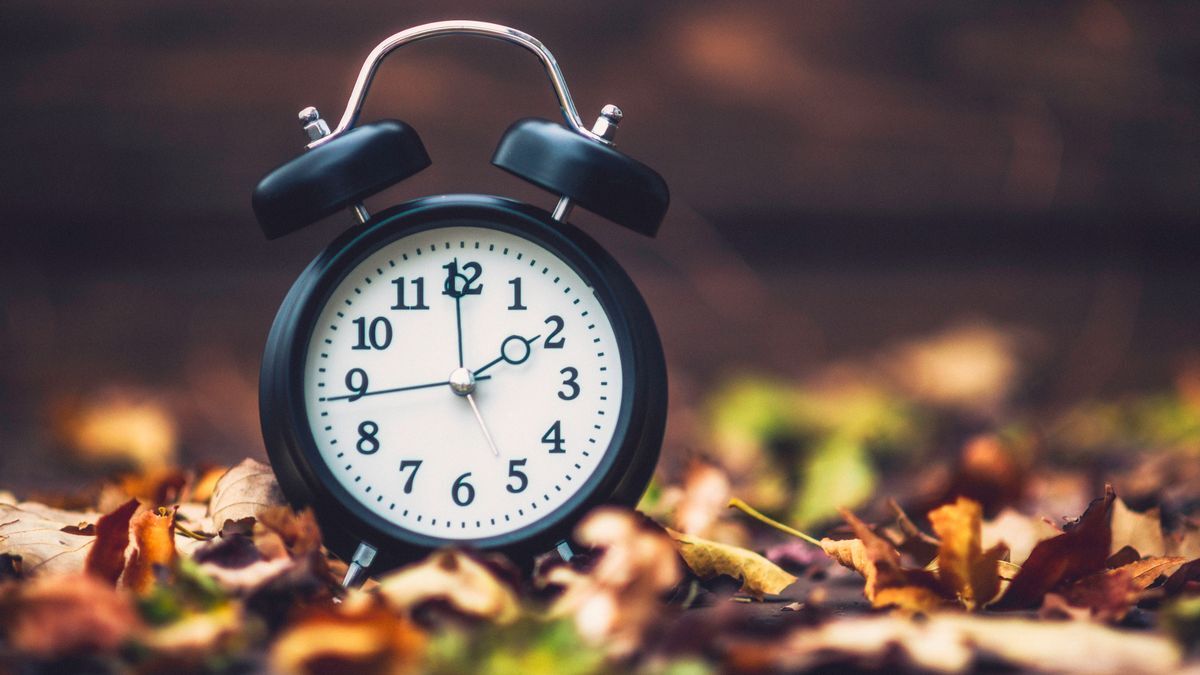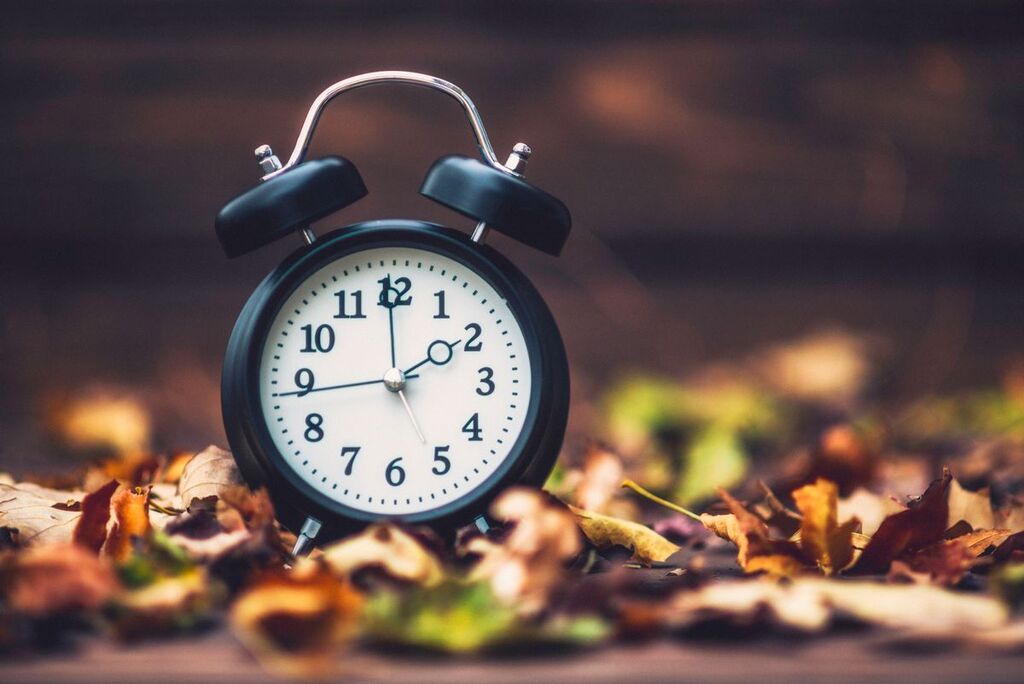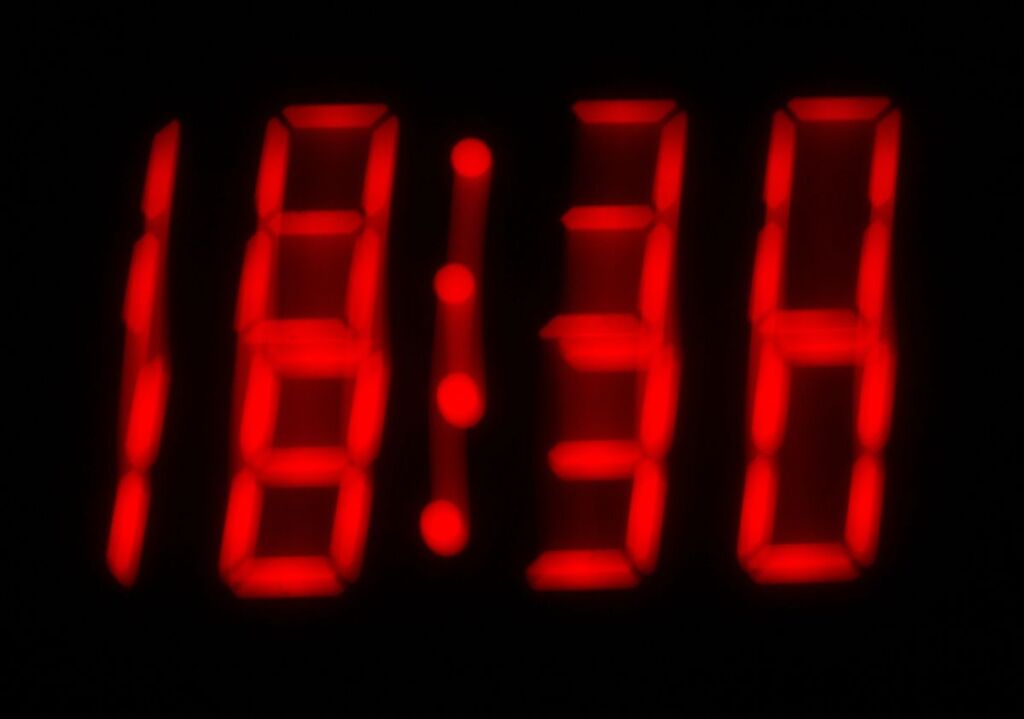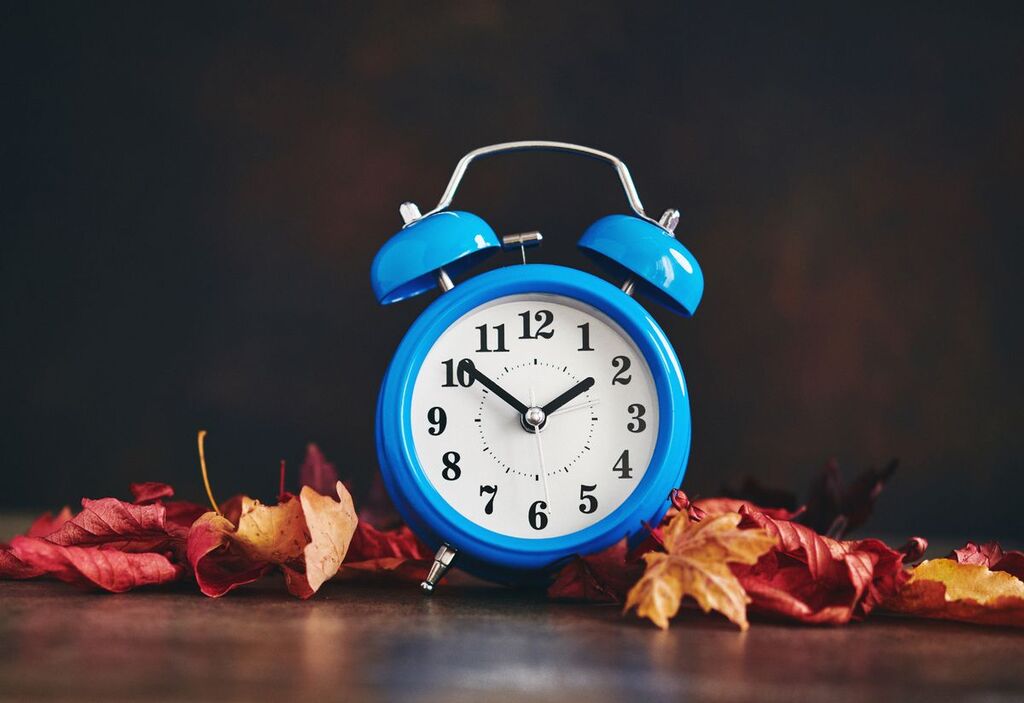
Daylight Saving Time is officially over, and while many people might be looking forward to grabbing that extra hour of sleep or committing to work in the dark, there are some negative effects to look out for. According to the Associated Press, Daylight saving time ends at 2 a.m. local time next Sunday, Nov. 3.
According to the outlet, the darker morning could possibly wreak havoc with a person’s body as some might struggle to adjust their routines to the new shift in light. Those people with seasonal affective disorder, a type of depression usually linked to the shorter days and less sunlight of fall and winter, may struggle as well.
The adverse health effects become a problem because the human brain relies on a master clock that, in turn, is set by exposure to sunlight and darkness. This rhythm, so to speak, is a roughly 24-hour cycle that determines when we become sleepy and when we’re more alert.
When does daylight saving time end? What is it? What to know about ‘falling back’
Map reveals fall getting warmer across US amid record-breaking September heatwave

According to scientists, the rhythm changes as a person ages. Morning light resets the rhythm. By evening, levels of a hormone called melatonin begin to surge, triggering drowsiness. Experts warn that if a person gets too much light or darkness, then the rhythm becomes out of sync.
A human’s internal clock affects more than sleep, it also influences things like heart rate, blood pressure, stress hormones and metabolism. Even one slight shift of an hour is enough to throw everything off. About 1 in 3 U.S. adults sleep less than the recommended seven-plus hours nightly, and more than half of U.S. teens don’t get the recommended eight-plus hours on weeknights.

In the days leading up to the ending of Daylight Saving, the American Medical Association and American Academy of Sleep Medicine have stated that the time has come to do away with time switches and that sticking with standard time aligns better with the sun – and human biology.
It was previously reported that Daylight saving time has been legally enforced in the U.S. since 1918 when Congress passed the Standard Time Act and created the six different time zones as well. In 1966, the federal government also passed the Uniform Time Act to standardize time across the country.

Not everyone practices daylight saving time. Both Arizona and Hawaii have never observed the practice. Officials within Arizona with the exception of the Navajo Nation have stated that they don’t observe the time change due to the state’s desert climate. State legislators claimed that they saw no reason to re-adjust the clocks to make sunset occur an hour later during the hottest months of the year.
Hawaii has reportedly refused to take part in the trend due to the fact they are so close to the equator that they get the same amount of sunlight year-round. There has been a push by lawmakers in recent years to get rid of the concept entirely. The now-stalled Sunshine Protection Act in 2022 was passed by the U.S. Senate but was never signed into law.
Some experts have claimed that switching to permanent daylight saving time could save lives and improve health. Experts have also claimed that there is a marked increase in strokes and heart attacks at the start of daylight saving time.
DAILY NEWSLETTER: Sign up here to get the latest news and updates from the Mirror US straight to your inbox with our FREE newsletter.





